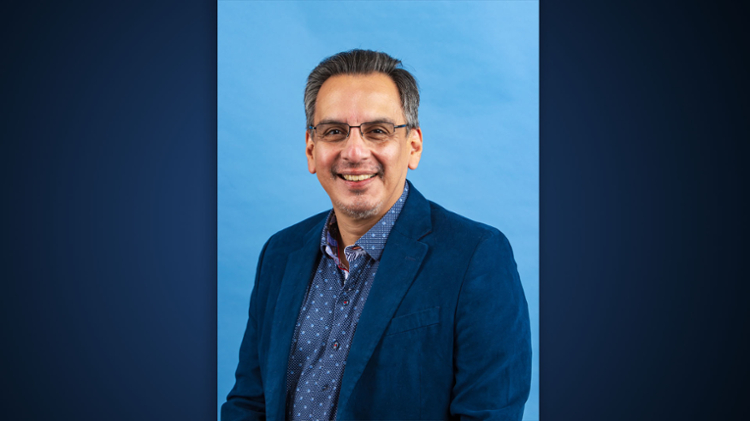HRI Releases First Report From Groundbreaking International Gulf Research Collaboration
CORPUS CHRISTI, Texas — The Harte Research Institute for Gulf of Mexico Studies (HRI) at Texas A&M University-Corpus Christi is sharing lessons and data from the largest gathering of international Gulf of Mexico researchers in a new report.
The groundbreaking work has helped to kick off a new era of international research partnerships for HRI, including a report card that will assess the health of extensive coral reef systems in the southern Gulf of Mexico.
HRI published the proceedings from its Gulf of Mexico Workshop on International Research (GOM-WIR) held in March 2017, which brought together more than 170 researchers from the three Gulf nations for the first workshop aimed at developing an international research agenda for the Gulf of Mexico. The objective of the workshop was to help fill critical information gaps in the Gulf through joint international environmental research, particularly in lesser-studied areas of the southern Gulf of Mexico.
“No one had done this before,” said HRI Senior Executive Director Dr. Larry McKinney. “But there were important reasons to get everyone together. When you look at what we know about the northern Gulf versus the southern Gulf, it’s the difference between night and day. We’ve learned a lot about the northern Gulf primarily because of oil and gas development in that area.”
But scientists wondered, was it really because that portion of the Gulf was understudied? Or were scientists just not communicating their work to each other?
“We found a bit of both,” McKinney said. “A great deal of excellent research has been going on but we’re not aware of it because we’ve just not had that necessary communication going on between the U.S., Mexico, and Cuba. And the goal of this workshop was to help open those doors.”
In an effort to facilitate data sharing between Gulf nations, immediately after the workshop HRI began a redesign of GulfBase, its Gulf of Mexico data portal, to better facilitate international access. The website’s use in Mexico has grown significantly as a result. HRI has also worked to make its GRIIDC program more accessible to international researchers interested in the Gulf of Mexico. Already used by some 2,721 researchers and 291 research groups, the Gulf of Mexico Research Initiative Information and Data Cooperative (GRIIDC) is the largest site for accessing and preserving information on the Gulf. The goal is to make the site and its capabilities more accessible in both Mexico and Cuba.
Scientists also were able to identify priority research areas in the southern Gulf of Mexico that could benefit from international partnerships, McKinney said. One of those priorities is coral — a 310-mile corridor of coral reefs, including five new coral reefs, was recently identified by scientists with the University of Veracruz. The corridor stretches from near the Tamiahua Lagoon in Veracruz into the Gulf of Mexico and may be one of the most biodiverse regions in the Gulf of Mexico, McKinney said.
HRI is planning to convene a workshop in January 2020 bringing together U.S., Cuban and Mexican scientists from the network they developed at GOM-WIR to assess the health of these and other Gulf corals and develop a report card to better inform the public. The work will be greatly influenced by data and perspectives that were shared during the GOM-WIR workshop, McKinney said.
The published GOM-WIR proceedings include the collective knowledge of scientists who attended the workshop, their assessment and perception of the current state of knowledge in the Gulf of Mexico, and any research gaps they identified. The workshop was organized by HRI; the Gulf Research Program of the National Academies of Sciences, Engineering, and Medicine; the Bureau of Ocean Energy Management; and the National Oceanic and Atmospheric Administration.
McKinney said that knowledge base will serve another purpose: Energy reform in Mexico has opened the possibility for new oil and gas development in the southern Gulf of Mexico. With more collaboration between scientists in the Gulf, it will be easier to understand and minimize or mitigate the potential environmental impacts of expanding exploration.
“We have provided a platform for understanding the potential impacts of oil and gas development, and a lot of information that wasn’t available before,” McKinney said.
To download the report, visit the Harte Research Institute for Gulf of Mexico Studies’ website.














